26
Tropical Vegetables and Other Edibles - Buy, Sell, & Trade / WANTED: Authentic Edible Air Potato (Dioscorea bulbifera)
« on: March 31, 2017, 01:03:35 AM »
I've looked all over for this one, and it's exceedingly hard to find. Ironically, despite legal issues in several countries, the only ones readily and openly available on the market are the ones meant to be curtailed by the laws: the toxic inedible variants.
I'm looking for true D. bulbifera, not D. alata nor D. batatas/polystachya/opposita. I'm looking to buy one, as I don't have much to trade right now. As they are meant for human consumption, I'm most emphatically NOT looking for an ornamental/toxic variety. From what I've gathered, there are edible types that still have a degree of toxicity (still perfectly edible, but they must be cooked thoroughly) as well as some that have reduced toxicity (presumably requiring less cooking time, and possibly tasting better). The less toxic / more edible it is, the better. I've looked for it on eBay, and the few times I see some that seem edible (usually from Thailand) I find myself doubting a little (due to the low-key descriptions), or wondering if they're the low-quality edible types. Is there anyone here growing it? Anyone able and willing to send me some bulbils for growing?
While I'm asking, how do you prepare it? Peeling, chopping, boiling times, etc.? And is there any particularly important growing/harvesting information to know? Is it like some yams, where unripe tubers could be toxic? (in which case, how can you tell when to harvest?)
I'm looking for true D. bulbifera, not D. alata nor D. batatas/polystachya/opposita. I'm looking to buy one, as I don't have much to trade right now. As they are meant for human consumption, I'm most emphatically NOT looking for an ornamental/toxic variety. From what I've gathered, there are edible types that still have a degree of toxicity (still perfectly edible, but they must be cooked thoroughly) as well as some that have reduced toxicity (presumably requiring less cooking time, and possibly tasting better). The less toxic / more edible it is, the better. I've looked for it on eBay, and the few times I see some that seem edible (usually from Thailand) I find myself doubting a little (due to the low-key descriptions), or wondering if they're the low-quality edible types. Is there anyone here growing it? Anyone able and willing to send me some bulbils for growing?
While I'm asking, how do you prepare it? Peeling, chopping, boiling times, etc.? And is there any particularly important growing/harvesting information to know? Is it like some yams, where unripe tubers could be toxic? (in which case, how can you tell when to harvest?)






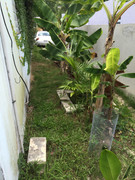
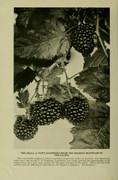
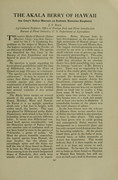
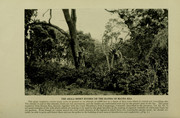
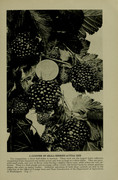
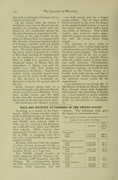
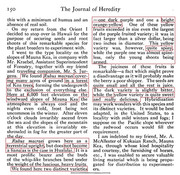
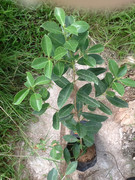
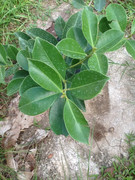
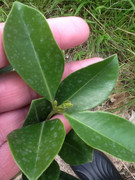
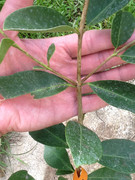

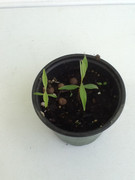
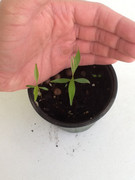
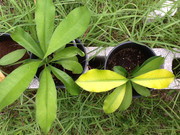
 ). So to reiterate that comment, is there a way I can acquire the wasps? Maybe getting a potted "blooming" tree shipped over? The author implies that other species of fig wasps "might" be able to pollinate it, but I thought fig wasps were highly specific in the species they pollinate.
). So to reiterate that comment, is there a way I can acquire the wasps? Maybe getting a potted "blooming" tree shipped over? The author implies that other species of fig wasps "might" be able to pollinate it, but I thought fig wasps were highly specific in the species they pollinate.